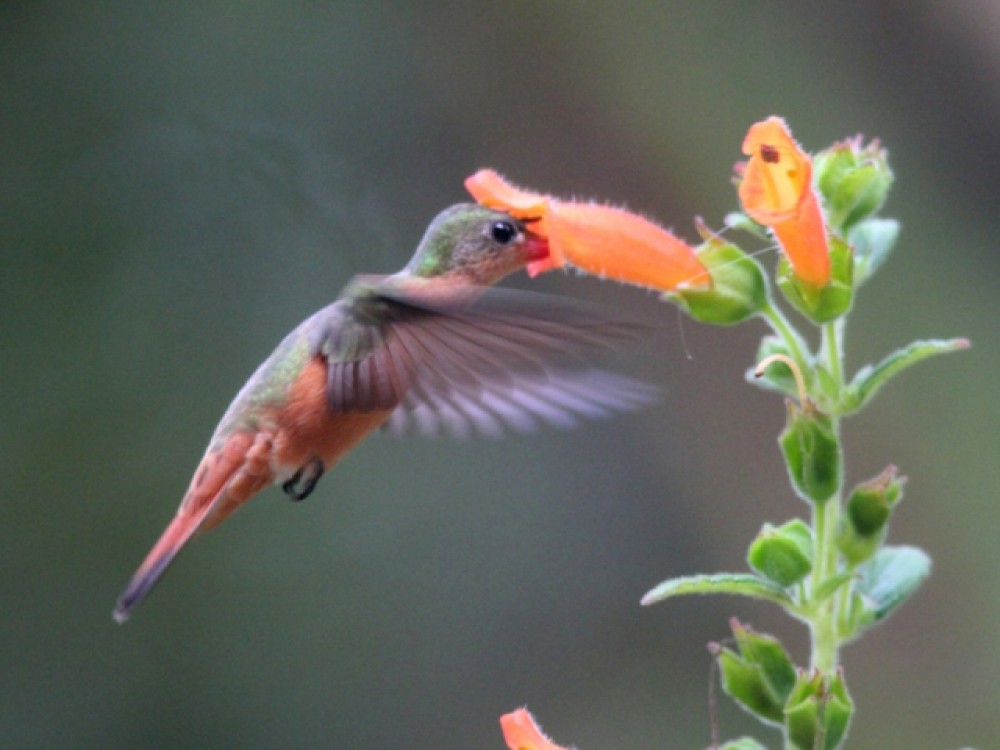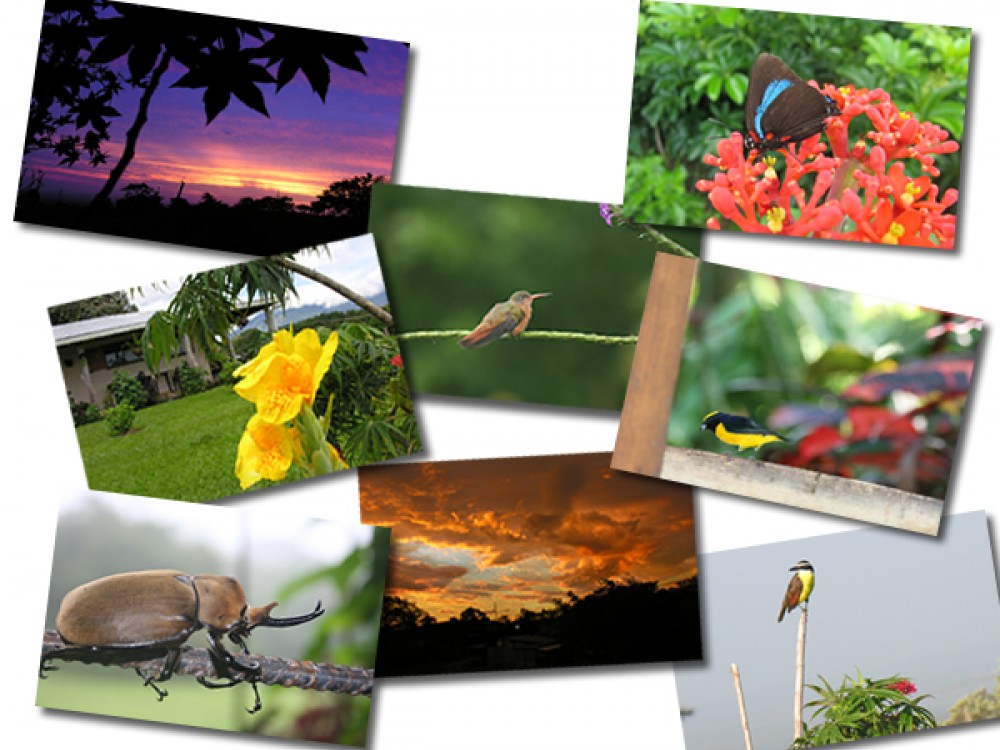Wintering in Costa Rica
Patricia Nethercote is waiting for your hummingbirds! She writes to you from her home in Costa Rica, a busy habitat at the far end of the wintering range for hummingbirds.
Dear Journey North,
Welcome to Bagaces, Guanacaste, Costa Rica!
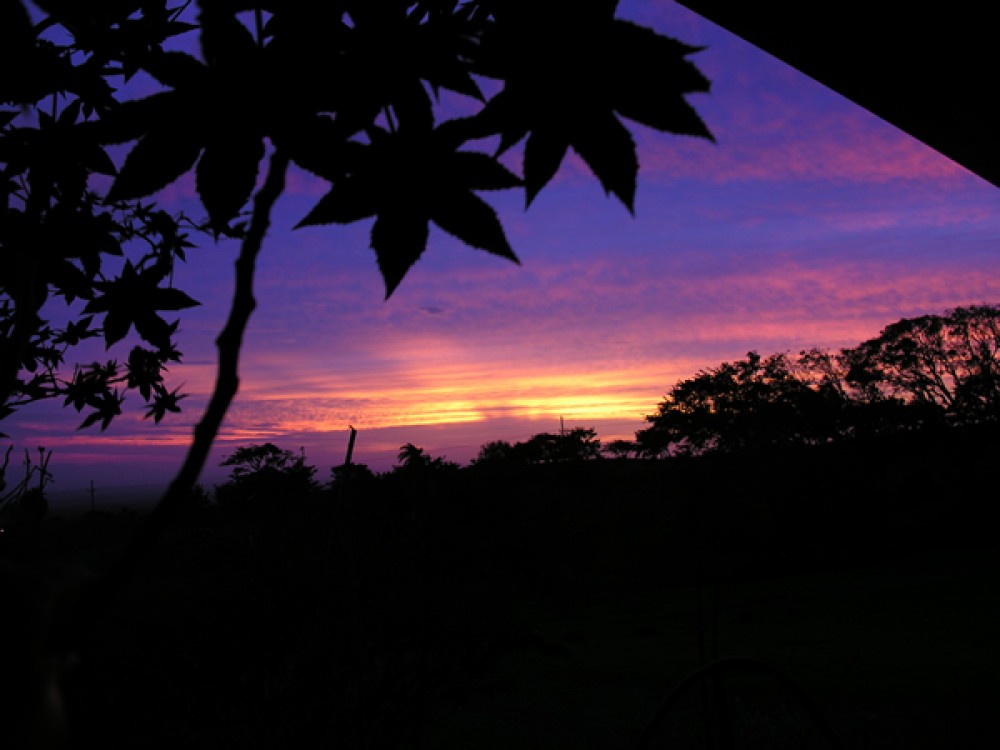
The fall migration of the Ruby-throated Hummingbird is well underway. If things go according to the similar schedule of past years, hummingbird males, females, and 'juvies' will arrive in our garden by the end of October. I am eager to see them!
Image: Sunset at Guayabo de Bagaces
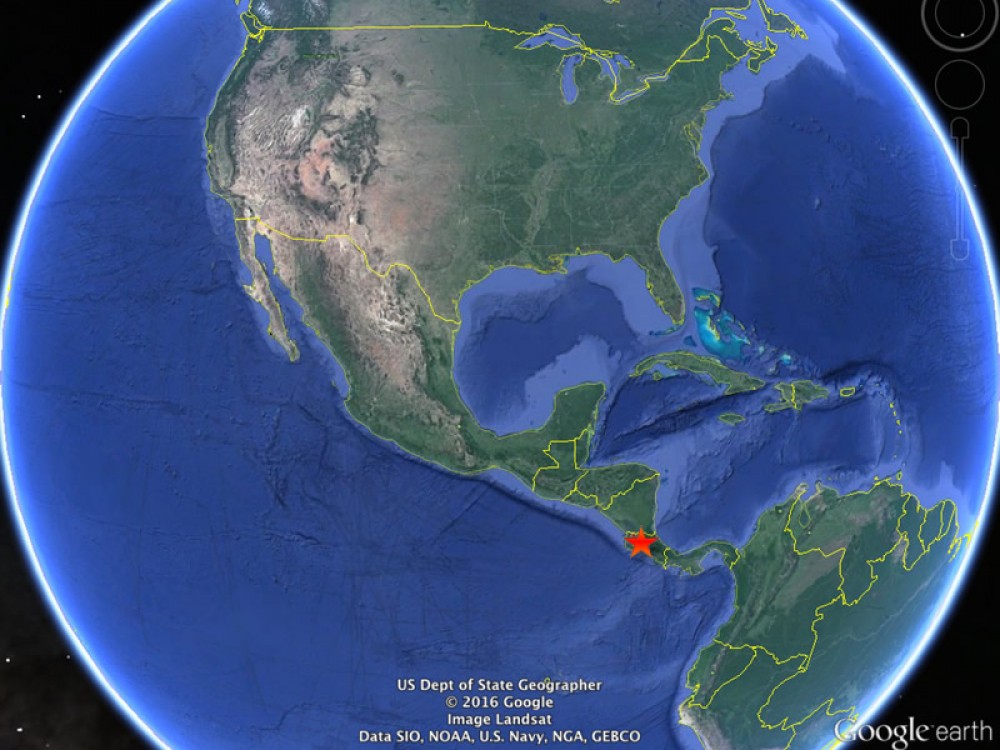
Guanacaste, Costa Rica is more than 1,500 miles south of the Mexican border. Hummers that travel overland fly across 4 countries to get there — Mexico, Guatemala, Hondouras, and Nicaragua. The distance across these countries equals or exceeds the distance most hummers travel in the U.S. and/or Canada.
Image: Journey North Observation Post in Costa Rica
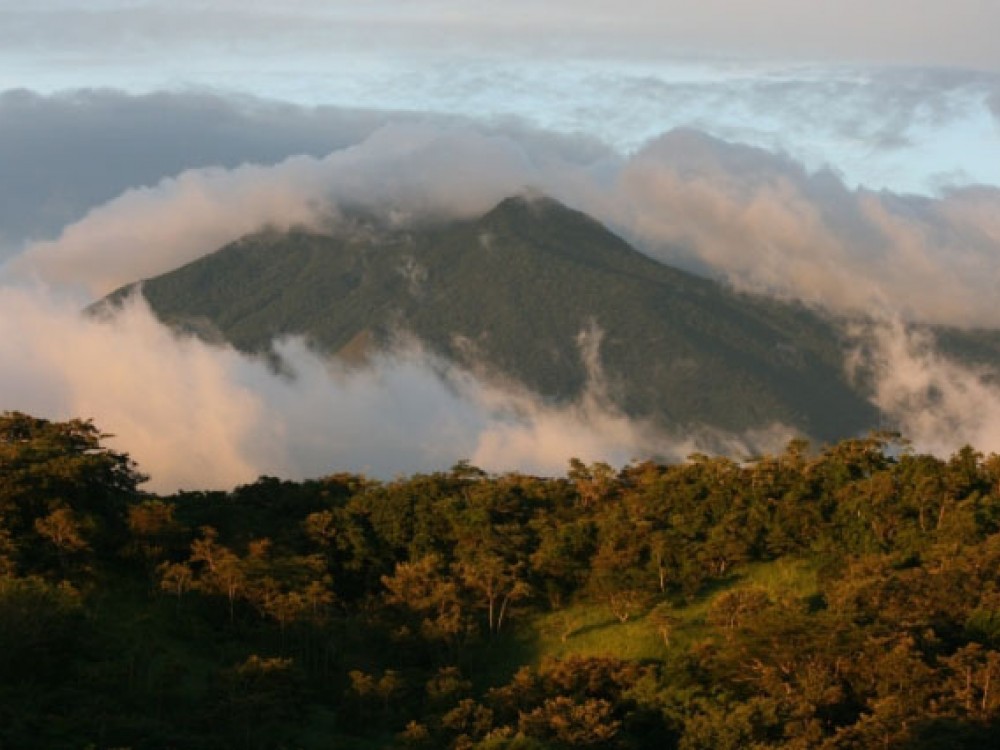
We are in the foothills of the Miravalles Volcano, which has a summit elevation of 6,653 feet. Our elevation in the foothills o Miravalles is approximately 2,500 feet above sea level. The daytime temperatures are typically in the high 80º’s or low 90º’s. Nights are 10-15º cooler. It's often very windy.
Image: Miravalles Volcano
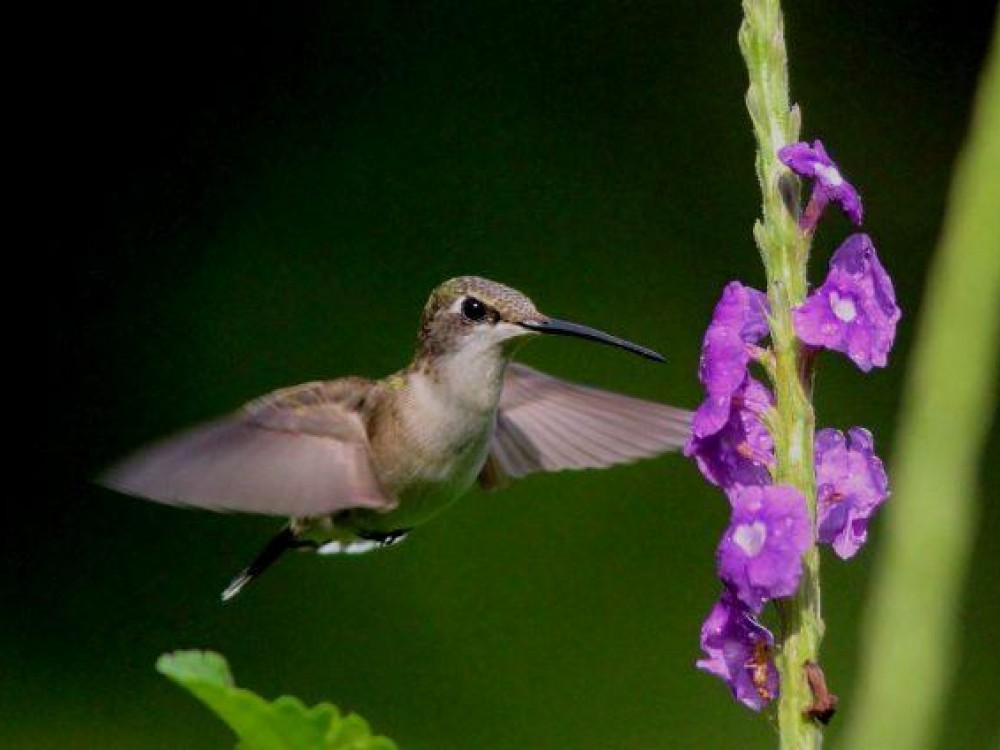
We do not provide feeders for hummingbirds. Our gardens offer a plentiful variety of plants, generously provided by Mother Nature. The hummingbirds usually arrive here at one of the wettest times of the year in Costa Rica, but weather is warm. The blossoms are filled with nectar to keep hummingbirds full and healthy.
Image of Ruby-throated Hummingbird by Patricia Nethercote, October 24, 2015

